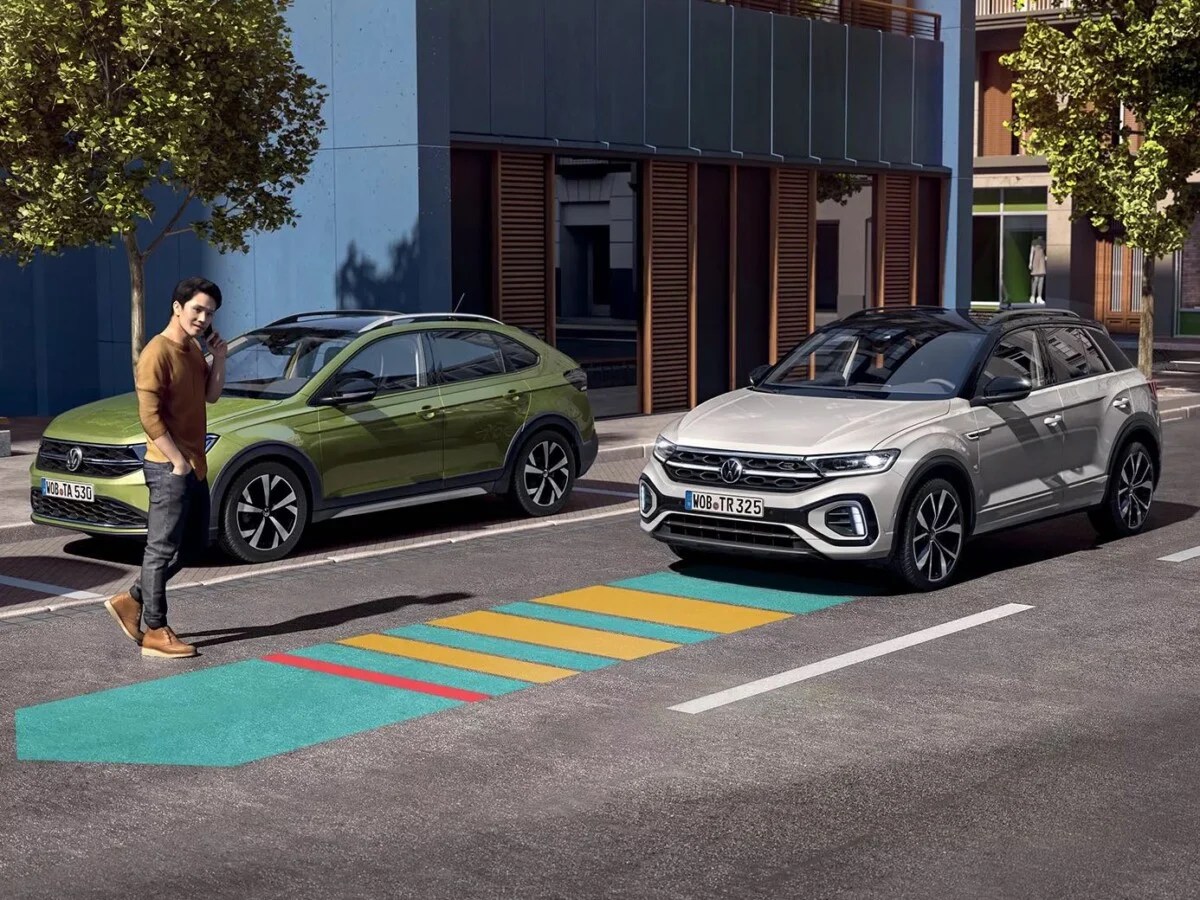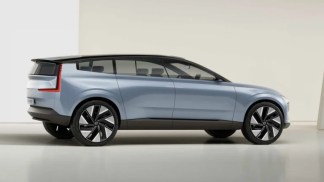An American study points to the failures of automatic emergency braking and, indeed, at normal speed, this driving aid has encountered problems several times.
The most modern cars are now loaded with driver assistance technologies, even the most “basic” models, since certain aids are now mandatory and standardized by the legislator.
The same goes for the independent body Euro NCAP, which tests the safety of new cars using a strict protocol. Within its new testing process, driving aids now have an omnipresent place. As a result, a cheap car with the bare minimum in terms of assistance can see its rating plummet and thus alter its commercial performance.
A technology that has not evolved since its release?
Among the driver assistance technologies that have become the most democratized, there is automatic emergency braking. Its operation is simple: thanks to sensors and a camera, the car is able to analyze what is happening in front, and thus react faster than the driver if ever a car brakes suddenly or an obstacle appears on the road. What minimize or even avoid the accident. This is for example the case of the front assist functionality at Volkswagen or the Autopilot at Tesla under the name “Anti-collision assistance”.
But a new American study highlights some shortcomings. According to the American Automobile Association (AAA), automatic emergency braking is effective in preventing rear-end crashes at low speeds, but it is bad when vehicles are driven at more normal speeds.

For this study, the AAA used four vehicles, testing their automatic emergency braking system to see if it had improved since it was introduced in production vehicles almost 20 years ago. And the least we can say is that the results were not brilliant.
“The automatic emergency braking performs well the limited task for which it was designed”Greg Brannon, AAA’s director of engineering and industry relations, said in a statement. “Unfortunately, this task was developed years ago, and the regulator’s slow-speed accident standards have not evolved. »
In other words, the current systems haven’t really evolved since the first models came out several years ago. Being an American study, all vehicles tested are models that sell well in the United States. Thus the Chevrolet Equinox LT, Ford Explorer XLT, Honda CR-V Touring and Toyota RAV4 LE were tested. This study also comes at the right time, since from September 2022, all new cars sold in the United States will be required to have automatic emergency braking as standard.
Results that vary with speed
The AAA wanted to see how the technology performs in two relatively common and, unfortunately, deadliest crash scenarios: “T” collisions and left turns in front of oncoming vehicles. From 2016 to 2020, these two types of collisions accounted for nearly 40% of the total fatalities in two-vehicle crashes in which the striking vehicle did not lose traction or leave the roadway prior to the collision.
In the test of “T” collisions and left turns in front of an oncoming vehicle, the automatic emergency braking failed to prevent all the collisions staged by the AAA. The system also failed to alert the driver and slow the vehicle’s speed.

In rear crash tests, the technology performed somewhat better, provided the speed was low enough. At 50 km/h, the system prevented 17 of 20 collisions, or 85%. For the three tests that resulted in an accident, the impact speed was reduced by 86%. On the other hand, at 65 km / h, it spoils a little. Automatic emergency braking prevented only 6 out of 20 rear-end collisions, or 30%. For the tests that resulted in an accident, the impact speed was reduced by 62%.
This study will undoubtedly find an echo among manufacturers, manufacturers looking for ever more safety on board their car. Volvo, for example, has set itself the goal of having zero fatalities in its new vehicles from 2020, in particular by taking several measures, in addition to driving aids, such as reducing the maximum speed to 180 km/h. It is for this reason that the future 100% electric Volvo EX90 will be the safest car from the Swedish manufacturer, with many driving aids, some of which have never been seen before on a car.
To follow us, we invite you to download our Android and iOS application. You can read our articles, files, and watch our latest YouTube videos.


